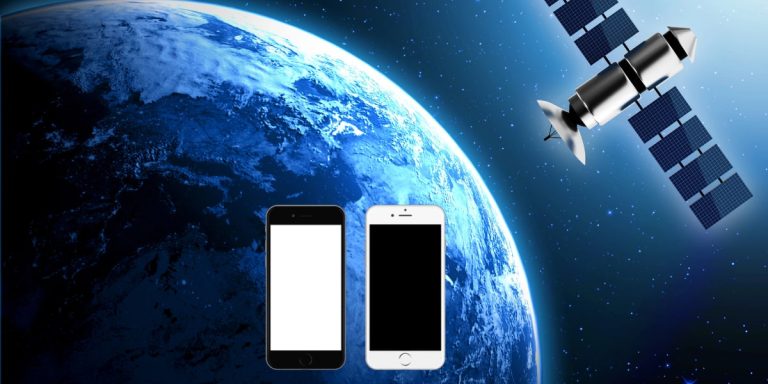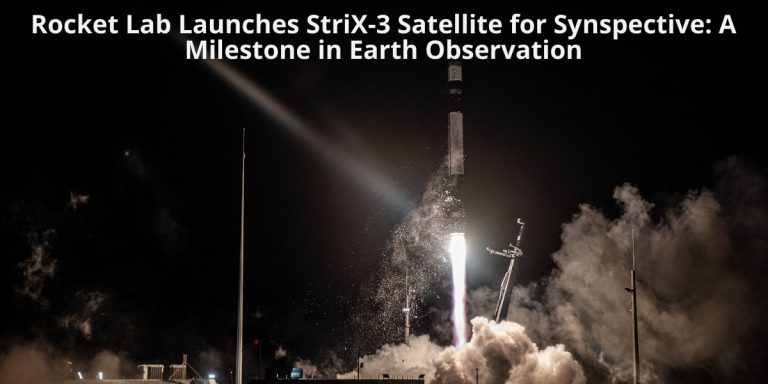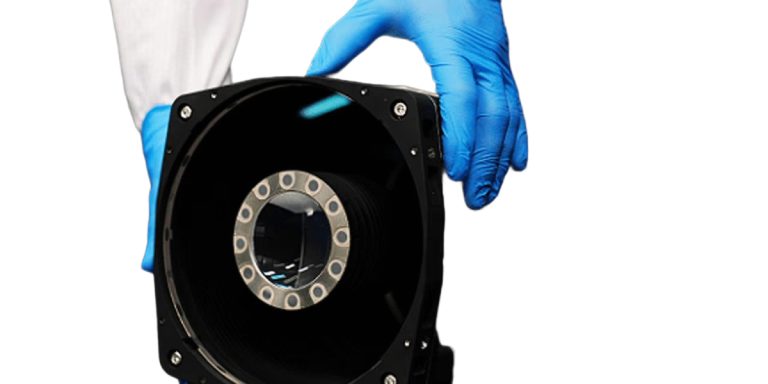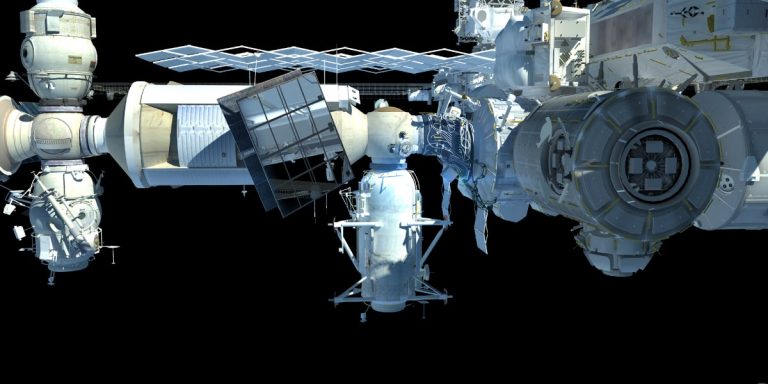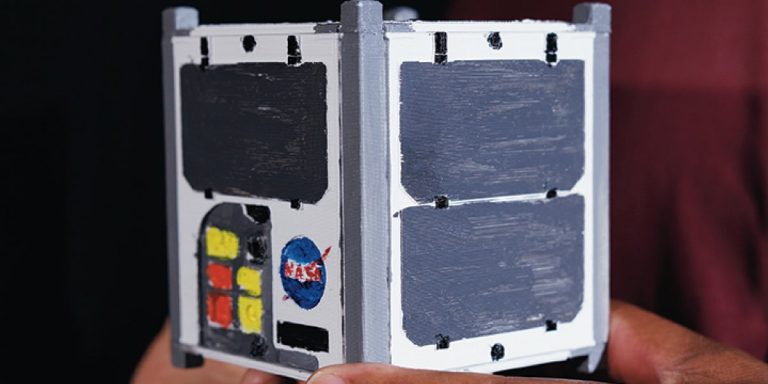Expanding Horizons: Lockheed Martin’s Strategic Investment in Terran Orbital
Key Takeaway: TL;DR VERSION
Lockheed Martin has invested $100 million in Terran Orbital, leading to an expanded strategic agreement between the two companies through 2035. This investment aims to accelerate Terran Orbital’s manufacturing capabilities and enhance its collaboration with Lockheed Martin in various sectors, including military, commercial, and civil.
Summary
- Lockheed Martin has made a $100 million investment in Terran Orbital, a satellite designer and manufacturer.
- With this investment, Lockheed Martin now owns 33.5% of Terran Orbital, aiming to accelerate and expand Terran Orbital’s manufacturing capabilities.
- The investment is part of a strategic agreement between the two companies, extending their collaboration through 2035.
- Terran Orbital is supplying nanosatellite buses to Lockheed Martin for the Space Development Agency’s Transport Layer of mesh networking satellites.
- The strategic cooperative agreement focuses on advancing technologies across military, commercial, and civil sectors, emphasizing mission assurance, innovation, and affordability at scale.
- Terran Orbital’s decision to go public earlier in the year reflects a shift in focus from pursuing its own constellation of SAR satellites to becoming a manufacturer for commercial and government customers.
- The acquisition of York Space Systems by private equity firm AE Industrial Partners for a reported $1.1 billion underscores Terran Orbital’s approach to the market.
- Terran Orbital plans to expand its product and service offerings, including SAR, electro-optical, hyperspectral, infrared, and secure communication payloads, satellite subassemblies, and components.
- The company will accelerate manufacturing efforts in Irvine, California, instead of expanding on Florida’s Space Coast, with the support of Lockheed Martin’s investment.
- The collaboration aims to meet the growing demand for timely, quality, and affordable solutions across various missions, moving Terran Orbital towards profitability.
Complete Story
In the ever-evolving landscape of space technology, strategic partnerships and investments play a pivotal role in shaping the future of exploration and innovation. Recently, aerospace giant Lockheed Martin made headlines with its significant investment of $100 million in Terran Orbital, a prominent satellite designer and manufacturer. This move marks not only a financial transaction but also the beginning of a deeper collaboration between the two entities, poised to redefine the dynamics of space technology development.
Understanding the Investment
Lockheed Martin’s investment in Terran Orbital underscores a strategic alignment between the companies, aiming to leverage each other’s strengths for mutual growth and innovation. With this infusion of capital, Terran Orbital gains the financial impetus to accelerate its manufacturing capabilities, fueling the production of cutting-edge satellite technologies. Moreover, Lockheed Martin’s stake of 33.5% in Terran Orbital signifies a significant vote of confidence in the latter’s potential to drive advancements in the aerospace industry.
Extending Collaborative Ventures
Beyond the financial aspect, the investment paves the way for an extended strategic agreement between Lockheed Martin and Terran Orbital, spanning until 2035. This long-term commitment underscores a shared vision to explore new frontiers and pioneer breakthrough solutions in space technology. By aligning their resources and expertise, the two companies aim to address the evolving needs of military, commercial, and civil sectors, thereby enhancing mission assurance, fostering innovation, and ensuring affordability at scale.
Implications for the Aerospace Industry
Terran Orbital’s transition from a private entity to a publicly traded company earlier in the year signaled a strategic shift in its business approach. Instead of pursuing its own constellation of SAR satellites, the company has positioned itself as a key manufacturer for both commercial and government customers. This strategic pivot aligns with the broader industry trends, emphasizing collaboration and specialization to meet the growing demands of the space market.
Leveraging Market Dynamics
The aerospace sector is witnessing a surge in demand for advanced satellite technologies, driven by various factors such as global connectivity, defense applications, and scientific exploration. Terran Orbital’s strategic decision to expand its product and service offerings, including SAR, electro-optical, hyperspectral, and secure communication payloads, reflects a keen understanding of market dynamics and customer requirements. By diversifying its portfolio, the company aims to cater to a broader spectrum of needs and solidify its position as an industry leader.
Looking Ahead
As Terran Orbital embarks on its journey of expansion and innovation, the support of Lockheed Martin’s investment serves as a catalyst for growth and development. The decision to accelerate manufacturing efforts in Irvine, California, signals a strategic realignment of resources to optimize operational efficiency and geographical proximity to key markets. With a focus on delivering timely, quality, and affordable solutions, the collaborative venture between Lockheed Martin and Terran Orbital is poised to shape the future of space technology and drive meaningful impact across diverse sectors.
HASHTAGS:
#LockheedMartin #TerranOrbital #AerospaceIndustry #SpaceTechnology #Innovation #Collaboration #Investment #SatelliteTechnology #FutureTech #StrategicPartnerships


